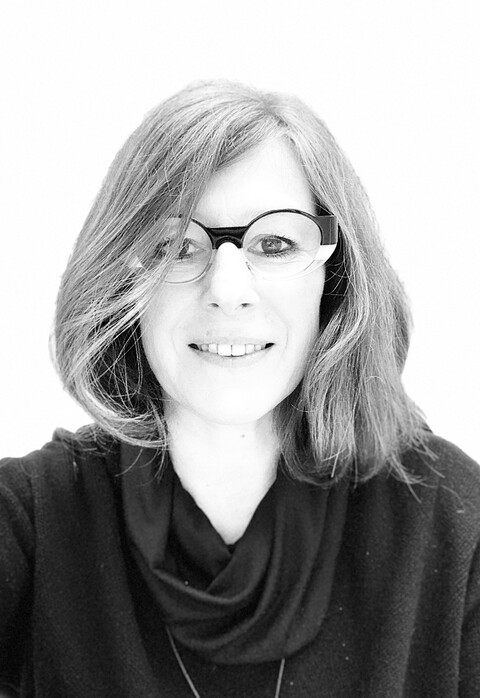Ivan Contreras Brunet
• 1927: born in 1927 in Santiago, Chile
• 1940: first paintings
• 1949-1950: Studied at the School of Fine Arts in Santiago
• 1950: Move to Paris and meet Auguste Herbin, Jesús Rafael Soto, Max Bill…
• 1951: first steps towards abstraction
• 1957: Stays in New York - first kinetic works
• 1968: Co-founder of the CO-MO group (constructivism and movement)
• 1970: becomes a member of the committee of the Salon des Réalités Nouvelles
• 1972: represented Chile at the Venice Biennale
• 1978: member of the Salon Comparaisons committee and vice-president in 2004
• 2021: died in Vendôme
Public collection
• France: Center Pompidou, Museum of Art and History of Cholet, Museum of Modern Art of Dunkirk, Sandelin Museum of Saint-Omer, Museum of Modern Art of the City of Paris, Museum of Fine Arts of Cambrai, Museum Le Touquet
• USA: Museum of Geometric and MADI Art in Dallas, Stockton Pioneer Museum and Haggings Galleries, Stockton, California,
• Japan: Yomiuri Foundation, Nippon Television Network, Tokyo, Satoru Sato Museum
• Germany: Modern Gallery of the Saarland Museum, Saarbrücken, Mexico: Cuauhtemoc Museum, Chihuahua,
• Netherlands: Stedelyk Museumm Schiedam, Hedendaagse Kunst Museum, Utrecht,
• Venezuela: Jesús Soto Museum of Modern Art, Ciudad Bolívar,
• Belgium: Empain Museum, Brussels,
• Cuba: Casa de las Americas, La Habana
Iván Contreras-Brunet was interested in colors from a young age. Initially fascinated by the poetic atmosphere and play of light of the Impressionists, he turned to abstraction in the 1950s. After long stays in France, Austria and the USA, he finally settled in Paris in 1961. Close friendships developed with Herbin, Soto, Seuphor, Max Bill, Vantongerloo, Lohse and Marino di Teana. He read the treatises of Kandinsky, Le Corbusier and Seuphor and always remained a great lover of music, especially Debussy and Satie.
Contreras-Brunet is a culturally interested man who discusses, works and thinks. He creates miniatures as well as serial or kinetic works. In the presented works on paper, the vertical-horizontal structures play with the ambient light as well as with the movement of the viewer. Color gradients modulate the transparency of the work and create centers (or areas) of chromatic luminous intensity.
It's less about composition or construction, but rather about training the eye to experience new visual atmospheres, but also about the viewer discovering new perspectives, depending on the perspective, that preceded and accompany the contemporary digital age.
More
Less
